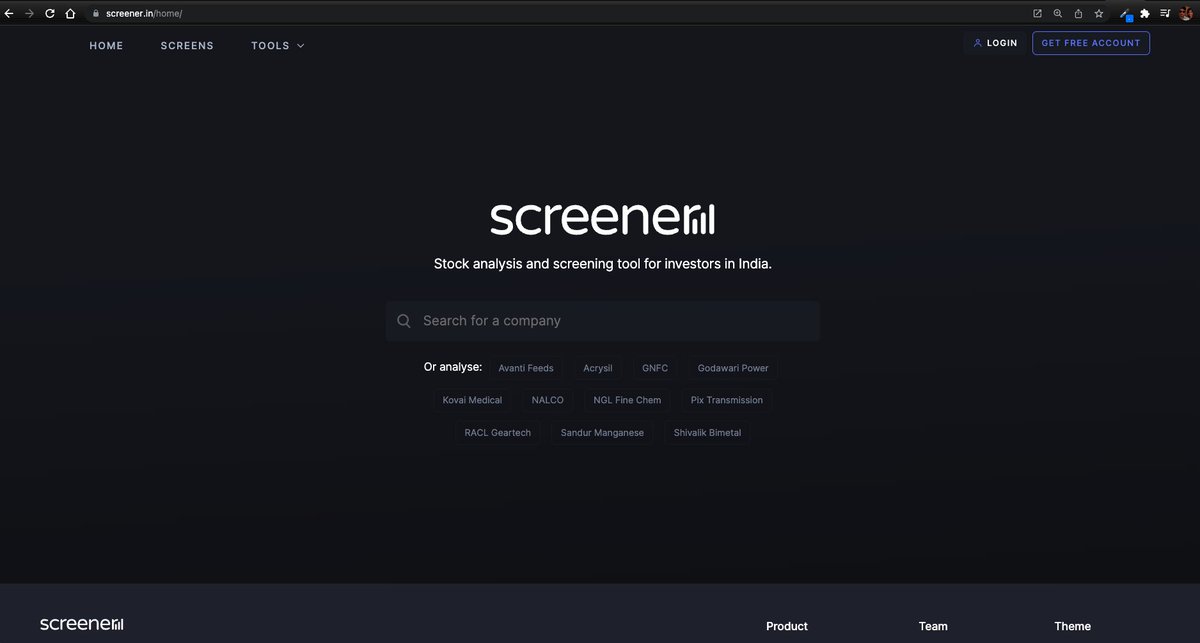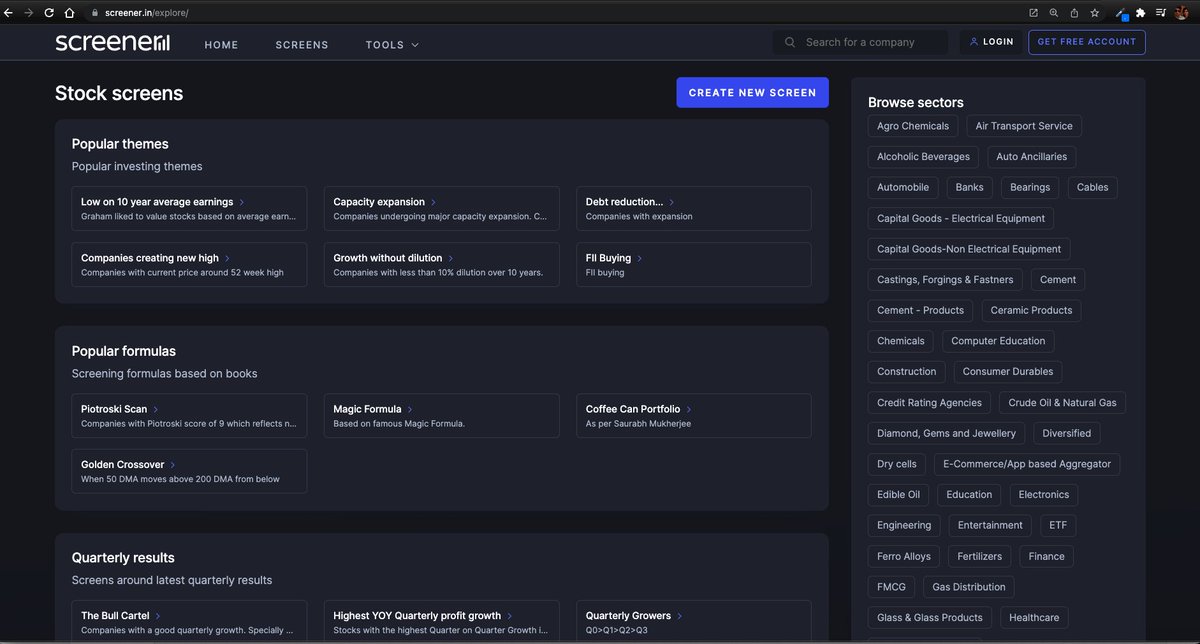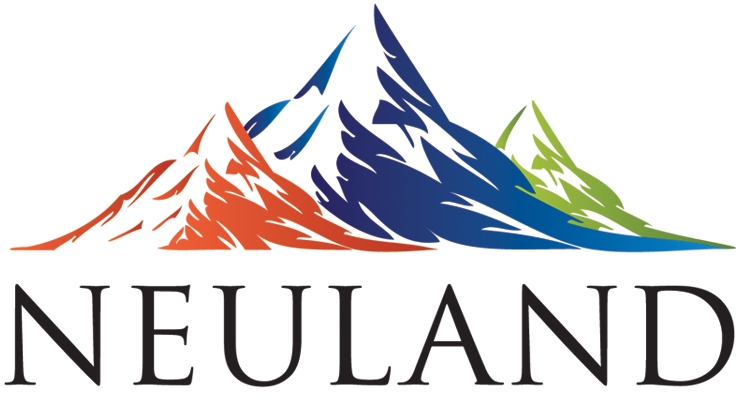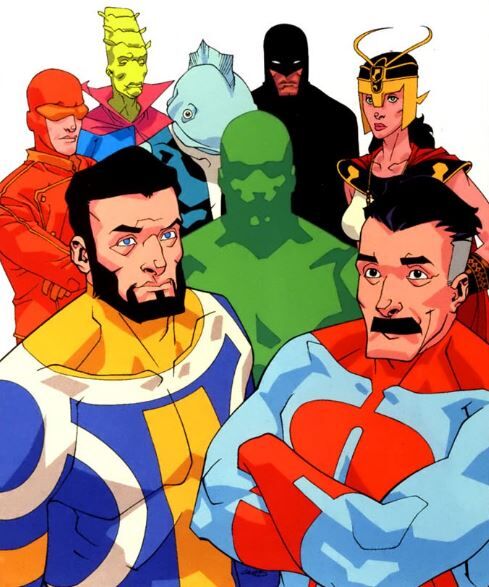1. Business Model.
Vaibhav Global is a vertically integrated omnichannel company that sells value fashion jewellery & lifestyle products.
Don't worry, I'll break those terms down in subsequent tweets.
Let's dive deeper into the vertical integration aspect. VGL is present across the value chain.
(i) Identifying trends & products.
(ii) Manufacturing or sourcing.
(iii) Selling.
(i) Identifying trends & products.
VGL's value starts at identifying trends in jewellery, lifestyle, fashion products across the world. Their employees are well entrenched in this space.
(ii) Manufacturing or sourcing.
VGL then decides whether to manufacture it, or source it from outside. This flexibility results in the crazy high 63% FMCG like ROCE. Why? Coz producing in-house is capital intensive. Sourcing goods is good for the capital efficiency.
The fact that they manufacture in china & india actually made their business anti-fragile in the face of covid disruptions. When China was locked down, India manufacturing picked up. Vice versa when India was locked down. + they could increase sourcing.
Let's double click on their decision to manufacture or outsource. A few key variables decide this. Current capabilities. Scale. Most small experiments are outsourced. One brand/product has scaled, then manufacturing is moved in house to increase margins.
(iii) Selling.
Really, VGL is into building brands.Their business model is not that different from FMCG companies, except that they sell fast moving fashion products & jewellery.
Selling is also where the omnichannel part comes.
https://t.co/EJzHq86Wuk VGL sells via all media: 24x7 TV channels, Web (website, app), market places (Amazon, Walmart)
You might wonder why they sell through the TV channels & 'like who even buys stuff on TV'. Both are good questions.
VGL tracks a metric called lifetime value. Total purchases made by a customer. If Web-only customers have a lifetime value of X, TV-only have a lifetime value of 3X. Omni channel customers (those that engage across both) have lifetime value of 9X. Hope it makes sense now.
TV also builds customer loyalty. The TV programs they make are the OG social commerce. Millions of people sit at home and for them this is entertainment, this is LIVE time, this is something which is a part of their lives.
At Each product category and also overall business level, they maintain 60% gross profit margins. For this reason, they do not sell other brands’ items on their platforms. In this way, they also differentiate themselves against largest player QVC (Qurate).
In summary, VGL is a fully vertically integrated e-commerce website. They create brands, then sell it online. Amazon is an enabler, not a competitor.
One key problem faced by most e-commerce companies is inventory clearing. What do you do to unsold items, or items which customers returned?
They have an interesting inventory (including returns) clearing mechanism known as ‘Rising Auction’.Rising auction has a mechanism of starting every product at $1, & at whatever price it clears, it clears.
In the customer's heart & minds, this creates a tremendous adrenaline rush, the ability to 'buy at value', and gamifies the commerce experience.
https://t.co/rhFVmWx1N1 Again, this plays a KEY role in ensuring crazy high ROCE, coz low inventory.
2. Size of opportunity.
In the US, their key competitor is QVC which has a market share of 93%. In the last 3 years, VGL has grown their market share from 1.5% to 3% (counting only television/e-commerce and not counting brick and mortar).
VGL’s revenue per household in the US is 3$ while QVC’s revenue per household is 60$. This is another way to understand opportunity size.
In the US, only 15-20% of all retail commerce (all retail commerce, no data is available for jewellery & fashion only) happens online. What sort of runway for growth exists, you can tell me better.
Until a year ago, VGL only operated in 2 geographies, US & UK. Understanding customers is a key part of the business model. For this reason, they do not scale mindlessly to all markets or all countries.
In fact they have been asked whether they can operate in India & they outright refuse it right now. However, they have cautiously announced entry into the Deutschland market. Tangible addressable market went up by 20-30% overnight.
Actual TAM is huge. They can and probably will expand to rest of europe, canada, japan once germany has scaled up (which will happen in 3 years).
3. Competitive positioning.
Pre-pandemic, VGL was growing topline at around 15% taking market share away from leader QVC (Qurate) which was growing in low single digits. Why?
Well, VGL differentiates itself from QVC in 2 key ways. First, they only sell their own brands & thus are able to maintain 60% gross margins versus qurate which sells all sort of brands & thus is not as profitable.
Second, thanks to their vertical integration (VGL even hunts & searches for gemstones directly from Africa), VGL manages to sell at HALF the average selling price of Qurate. This means, in customer's minds, VGL has high value for money.
No wonder they are able to outgrow industry consistently & gain market share.
4. Key Growth drivers.
(i) Covid has been a key growth driver in last 1.5 years. Huge disruption. Brought out anti-fragility in VGL's business model. Grew topline at 25%. Is this accelerated growth sustainable? We dont know yet.
(ii) They only air 1 TV channel in US versus QVC which airs 4-6 times more. By taking up more vertical specific air time (eg: fashion), they reach out to more customers. Drives growth.
(iii) Recent entry into Deutschland which will enable faster growth. Guidance is for 15-17% medium term growth WITHOUT Germany (Deutschland) contributions. Overall topline growth is likely to be higher.
(iv) Vaibhav Global does around 50,000 orders per day right now. Their CSR initiative is very innovative & meant to appeal to their retail clients. Under this initiative 'Your purchase feeds' VGL donates 1 meal for each purchase.
Now, why are we talking about this in growth drivers. Because VGL has taken on a BHAG of delivering 1 million meals per day by FY31. For this to happen, their scale would have to go up 20x in next 10 years.
Even if we assume that the order value becomes 1/4th due to entry into markets like China or India, VGL would still end up 5x-ing their revenues in next 10 years.
(v) Web is growing faster than TV sales. As web becomes larger part of revenue base, the growth is bound to accelerate. Marketplace sales like Amazon & Walmart are growing faster than web sales.
Company is also investing in new areas like Social DR which have potential to accelerate web growth after some years.
(vi) UK is growing faster than US (both for VGL & in retail digitisation overall).
5. Key profitability drivers.
(i) VGL has tremendous operating leverage built into the business model. See this thread for more details:
https://t.co/iwCWTw3jYQ
1 image tweet here 👇
Cost of airing TV channels is fixed. As customer penetration increases, operating leverage kicks in.
(ii) Their entire business model is built around maintaining 60% gross profit margins. This ensures that gross profitability does not go down with scale.
(iii) Marketplaces have much higher operating margins (though not as much operating leverage) due to better efficiencies & scales of the like of Amazon. Thus, as market place revenues increase, so will operating profits.
(iv) Given their focus on building high gross profit brands & customer trust, relatively less focus on manufacturing & innovative inventory clearance mechanisms like rising auction, they are able to be very capital light. Drives ROCEs higher.
6. Valuations.
The more you need to rely on the future potential to judge valuations, the riskier the investment is IMO. I could say, 10 years later zomato will make 20% margins & have 10x the size so it deserves to be bought.
But really, who can accurately see 10 years into the future? Nobody. This is why I prefer to rely on the here & now for my judgement of the valuation of the company.
If the current elevated growth levels (25% topline, 40% bottomline) sustain, then current valuations are fair. If they drop to pre-pandemic 15% topline, 25% bottomline, valuations are elevated. Build your own model as per their understanding of how likely each scenario is.
For me, current valuations are not good enough to deploy lumpsum, But i continue to buy in SIP mode every month. (not a buy or sell reco). The size of opportunity (50-100x) & the magnitude of their ambition (20x orders in 10 years) does drive confidence.
At the same time, i wouldnt bet my house on possible outcomes. In my understanding, successful Investing has to be a fine balance between the here & now and the potential future outcomes. This, is the art part of valuations. Even I am learning. dont claim to be an expert. 🙏🙏
7. Risks
(i) Amazon is perhaps the biggest risk to vertical players like VGL. Also to all FMCG companies. Amazon can copy any brand & do a 'moat attack'. Whether it is successful, depends on the strength of brand & customer loyalty.
This is also why VGL is starting initiatives like TLC plus. This is why VGL is working on tightening supply chain (better automation in warehouses) & delivery times in US & plans to launch a similar customer loyalty program in the US soon.
(ii) Although they have sent a very competent person to head the germany business, it is a new market. There is always potential for new market entries to not work out. In the past too, they had to close out the germany operations.
(iii) Elevated valuations are a sort of risk since they capture high optimism. Valuations are bound to correct if outcomes are worse than built in expectations. I started buying when TTM p/e was around 28. Since then earnings have grown 40%.
(iv) In the past, there have been acquisitions of bribery against MD Sunil agrawal by US authorities.
Acquisitions:
https://t.co/mZ6rymDK8B MD's Defense:
https://t.co/STcUfeXA9f
PS: entire playlist contains a good story of how the business has evolved in last 40 or so years. Quite a good resource for all investors and potential investors to consume to learn more about the company.
The tldr is that the promoter used help from a friend who worked in Canadian visa department in order to fast-track his visa appointment (not the grant of the visa).
The promoter, being friends with the person also regularly gifts the person products of his company on Christmas. This was misunderstood as bribing by the state department.
I buy the MD's defense & this is a non issue for me, but each investor must make up their own mind. In stock market generally BBC philosophy applies. While price is strong, nobody questions anything, once price is weak, all vultures descend to feed on the carcass of the stock.
If you found it useful, please RT the 1st tweet so that maximum investors can read & learn something useful. 🙏 🙏 🙏
Also, my deepest thanks to
@LuckyInvest_AK ashish sir &
@VijayKedia1 sir who identified this company much much earlier, that is how it got on my radar & i started studying it.
They guide through their actions, which is perhaps the best kind of guidance.
🙏🙏🙏🙏
@LuckyInvest_AK @VijayKedia1 In fact, I made a mistake of passing it over when it was around 18 p/e pre pandemic coz i was not as good an investor. Later corrected the mistake when I became a better investor. Price paid was around 100% gains. Did not let anchoring bias pull me down.




















